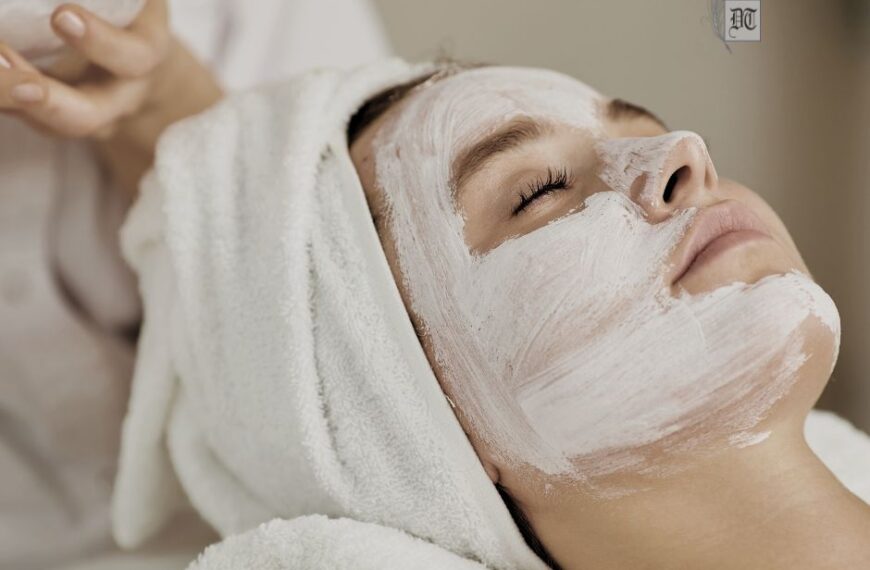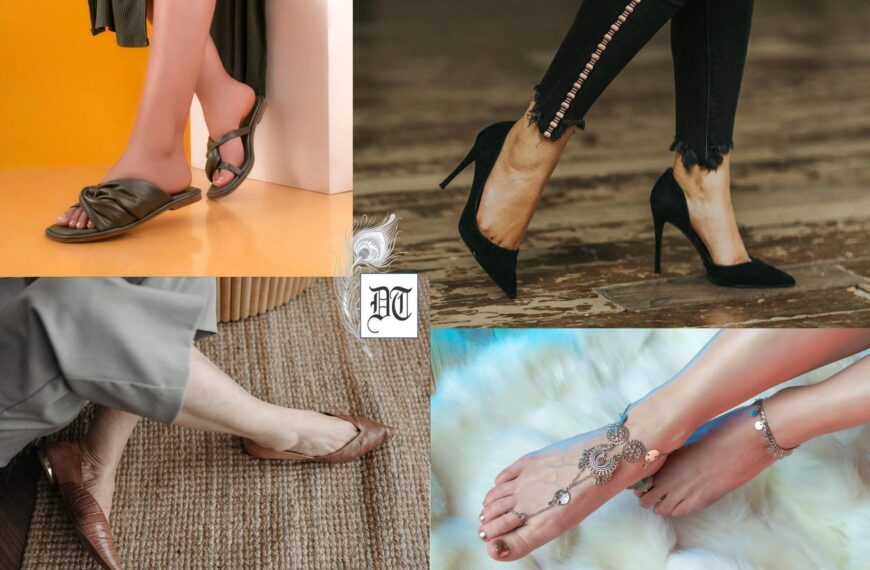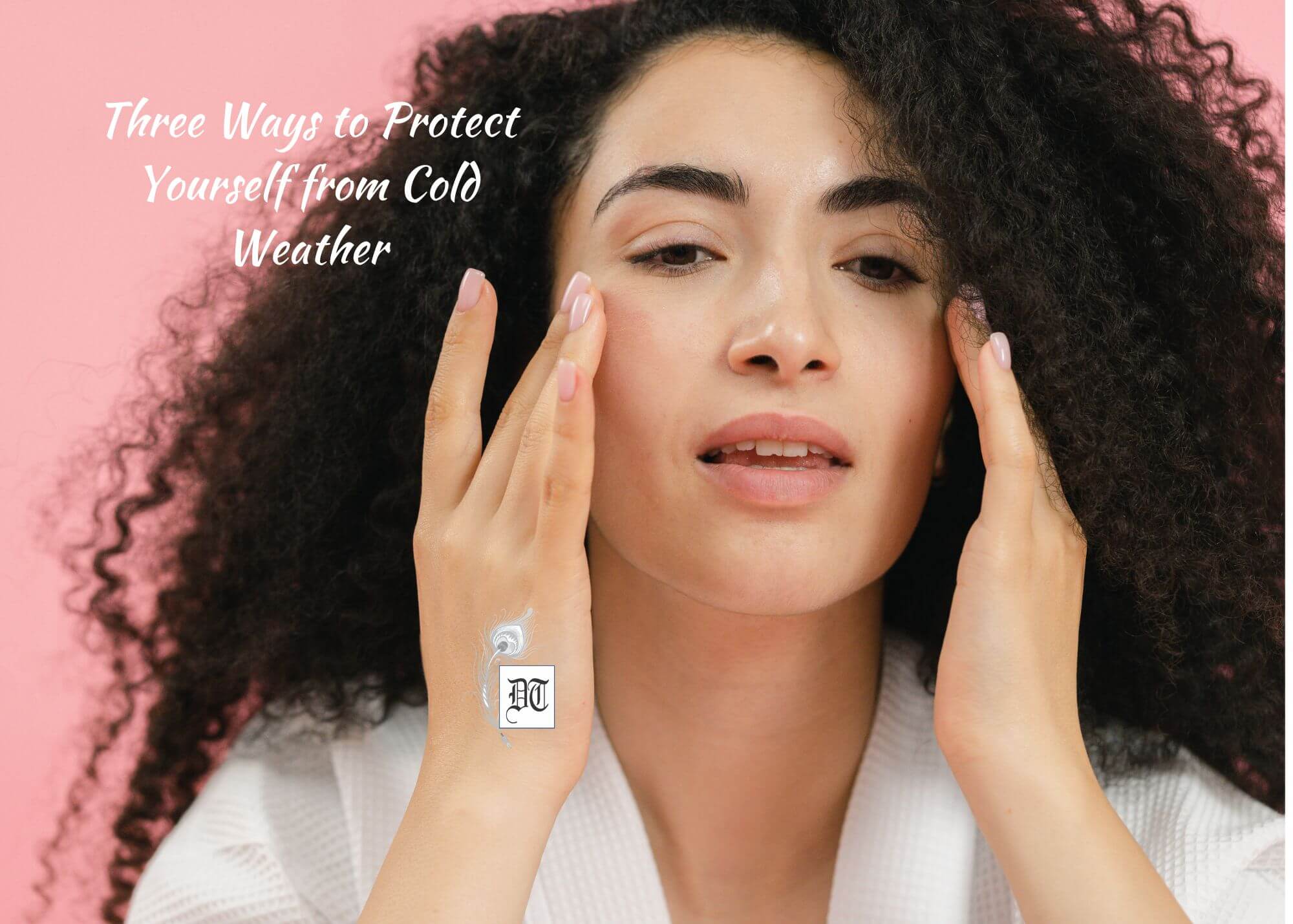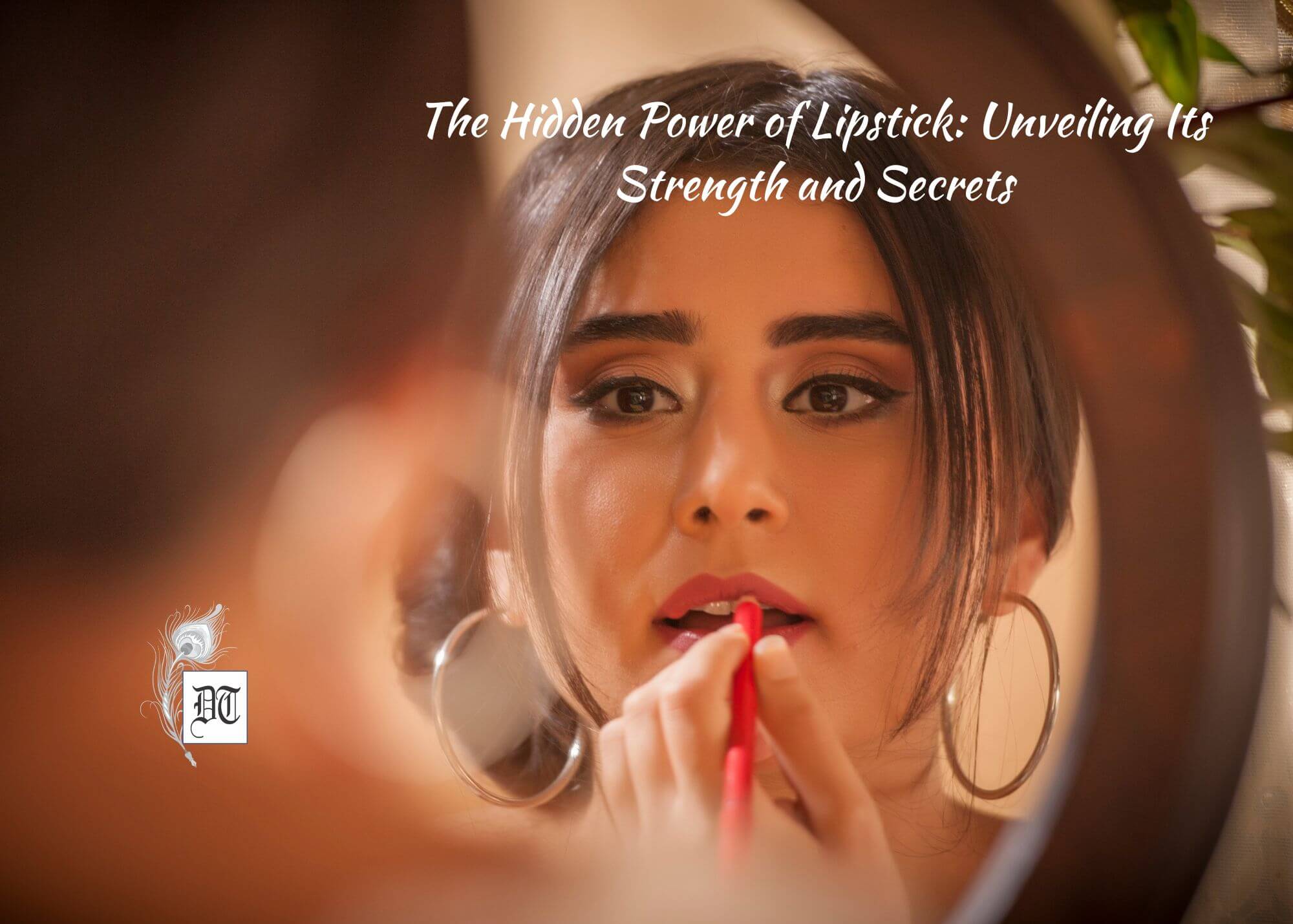Our fashionista, Shameena, gives invaluable tips on the hairstyle that suits your face shape. She reveals how to determine your face shape, in the regular column, exclusively in Different Truths.
We often see our hair as a reflection of our identity because it is both personal and public. Many women feel that a bad hair day equals a bad day: when a woman’s hair is too fine, too frizzy, too dry, turning gray or falling out, her self-esteem is seriously affected.
Most people also tend to neglect their hair and instead concentrate on their face and physique. They feel that any hairstyle is fine as long as it does not make them look terrible. They might be right that most hairstyles might work out for them. But they do not realise that they are missing out the opportunity to enhance their beauty and personality by not selecting the appropriate hairstyle.
Match your Hair Style with your Face Shape.
A right hairstyle definitely adds and enhances our look and personality. Why settle for an ordinary hairstyle if you can look better? In some cases, the childhood and adolescence hairstyle might be the best hairstyle for the person’s face shape and hair quality. But it is not true in all cases. There are other types of hairstyles which work out better for them though they might not have thought of it previously.
When deciding on a new haircut, or even just a different hairstyle, it’s important to factor in your face shape. The hairstyle that you choose must match the face cutting or in other words shape of your face (such as pointed face, broad face, circular face etc.). Whether you have a square, round, heart or oval shaped face, there a many different ‘dos that’ll suit you down to the ground!
Important Tips to Remember while Choosing your Hairstyle
Make sure the hairstyle you choose also match your lifestyle. The right hairstyle might also help in success in your respective careers. Emphasise how much time you’re prepared to spend on styling, and how often you can make it to the salon for trims and touch-ups.
Your hairstyle must not only suit your face but also suit your type of hair. For example, a regular hairstyle might not work out well with curly hair. Similarly, different densities of hair might also suit different hairstyles.
Change is the way of life. Why keep a constant hairstyle throughout your life? Why not try something different? Experimenting hairstyle enhances your own unique selfhood style.
Aside from your face shape, it’s also important to think about your features, your hair texture and your personal style when choosing a new ‘do. Reflect on what you want to emphasise.
Find your Face Shape First
The perfect haircut is more than just a few snips! The key to a flattering hairstyle is one that creates the illusion that you have a perfectly oval face. There are cuts that help make a round face appear longer, a long face appears wider, a square jaw appears softer and large foreheads and double chins basically disappear.
Before booking a salon appointment, determine your face shape so you’ll know exactly what to ask for. You can do this at home by breaking out a ruler and measuring the widths of your brow, cheekbones, and jawline, and the length of your face from forehead to chin.
- Forehead: Measure across your forehead at the widest point.
- Cheeks: Measure the widest length across your cheekbones.
- Jaw: Measure your jawline at its widest point.
Now, measure the length of your face by using the “cross shape method”. Put the ruler just under the eyes and measure from ear to ear (stopping at where the ear begins). Then place the ruler at the top of your forehead at your hairline and measure to your chin. Your ratio will either be 1 (your width) to 1 1/2 (your length) or 1 to 1 or 1 to 2. (More on this later)
After you’ve taken your measurements, it’s time to figure out which face shape you have.
The widths of your brow, cheekbones, and jaw are almost equal or you’re an oval if the length of your face equals 1 1/2 times the width of your face.
If you have an oval face shape, you’ve landed the most versatile shape. You can wear almost any hairstyle. The only thing to consider with an oval face shape is what part of your face you want to accentuate. This is where you can get creative with bangs or how you style your hair every day.
Your forehead and jaw are curved at the corners, and your face is nearly as wide as it is long. You have soft features in general. The difference between a round face and a square face (which also measures the same across as long) lies in the angles. Square faces have strong, angular features, whereas a round face has soft features. Your cross ratio is 1 to 1.
Round faces tend to be soft with non-angular features and full cheeks. You may find you have more of a round face when you carry extra weight, but keep in mind many classic round-faced women are super thin and still have non-angular features.
If the length of your face is almost equal to its width, you’re a square shape. You have sharp, angular features including a sharp jawline. (If your features are soft and rounded, you are likely a “round face shape.”) Your cross ratio (see slide 1) is 1 to 1 or 1 to 1 1/2.
Two other big pluses to having a square face: square faces photograph the best and women with strong angular features tend to age well. If you have a square face, you may want to play down your strong, angular jaw.
Heart-shaped faces are wider at the forehead and gently narrow down at the jawline. You may have a pointy chin. This shape is also known as the “inverted triangle.”
You have a diamond face if you are widest at your cheekbones and your jawline and forehead are the same length (but still narrower than your cheeks). The hairstyles that look great on you look great on square face shapes.
Long face shapes are longer than they are wide. If your “cross shape ratio” is 1 to more than 1 1/2, then you fall into this face shape zone. The perfect haircut for this type doesn’t drag down the face, yet adds width.
Some hairstyles like the textured bob and long, layered cuts can work for all face shapes, whereas other, more intense looks like pixies, undercuts, centre parts and slicked-back locks require careful consideration. That said, none of them are off-limits for any face shape because the length, texture, and location of the part can all be altered to make them work!
So which shape are you? And do you have any shape-specific tips to share?
©Shameena Abuduraheeman
Photos by the author and sourced from the internet.
#FashionFunda #HairStyle #FaceCut #FaceAndHairStyle #HairStyle #ImprotanceOfHairstyle #DifferentTruths











 By
By
 By
By
 By
By